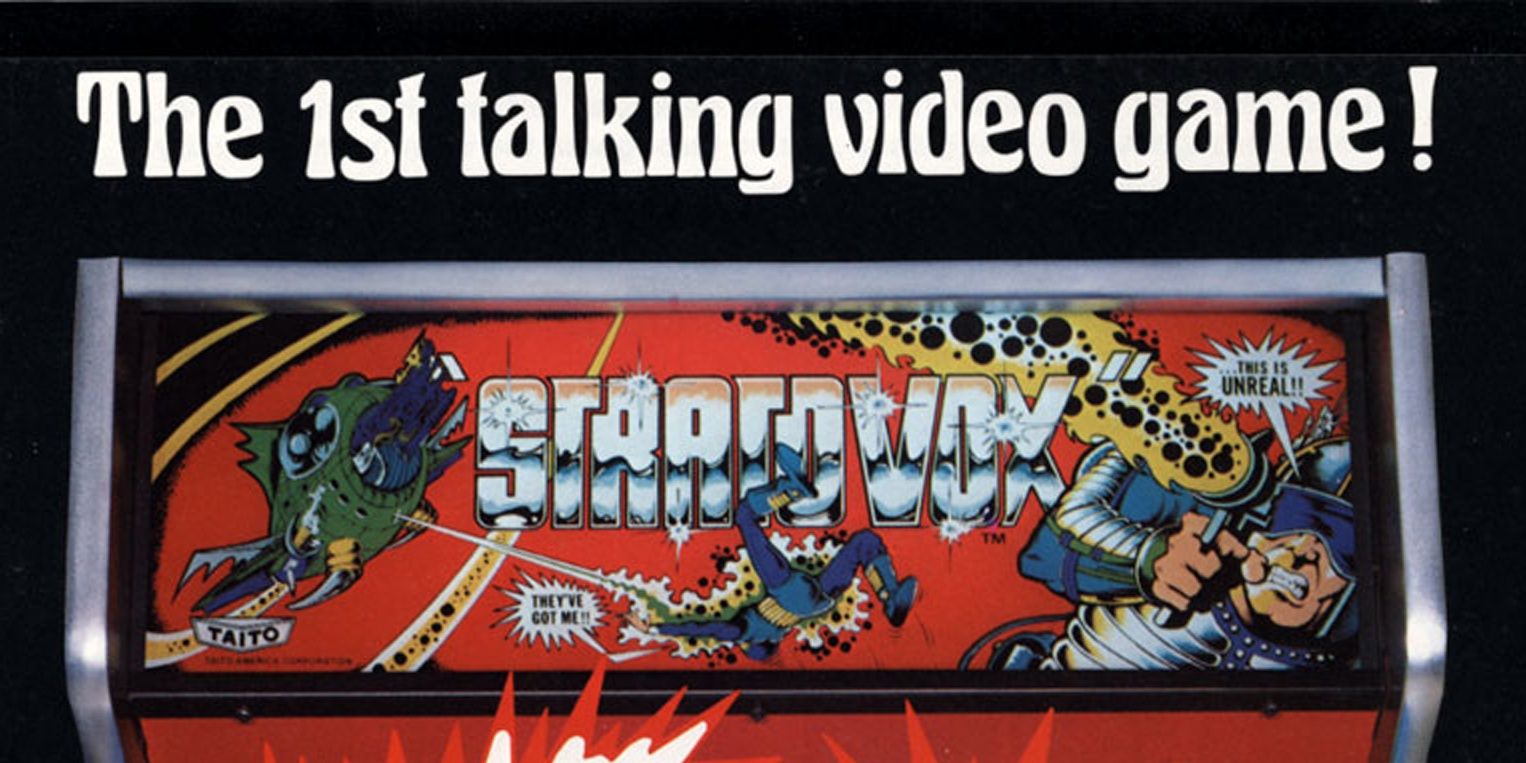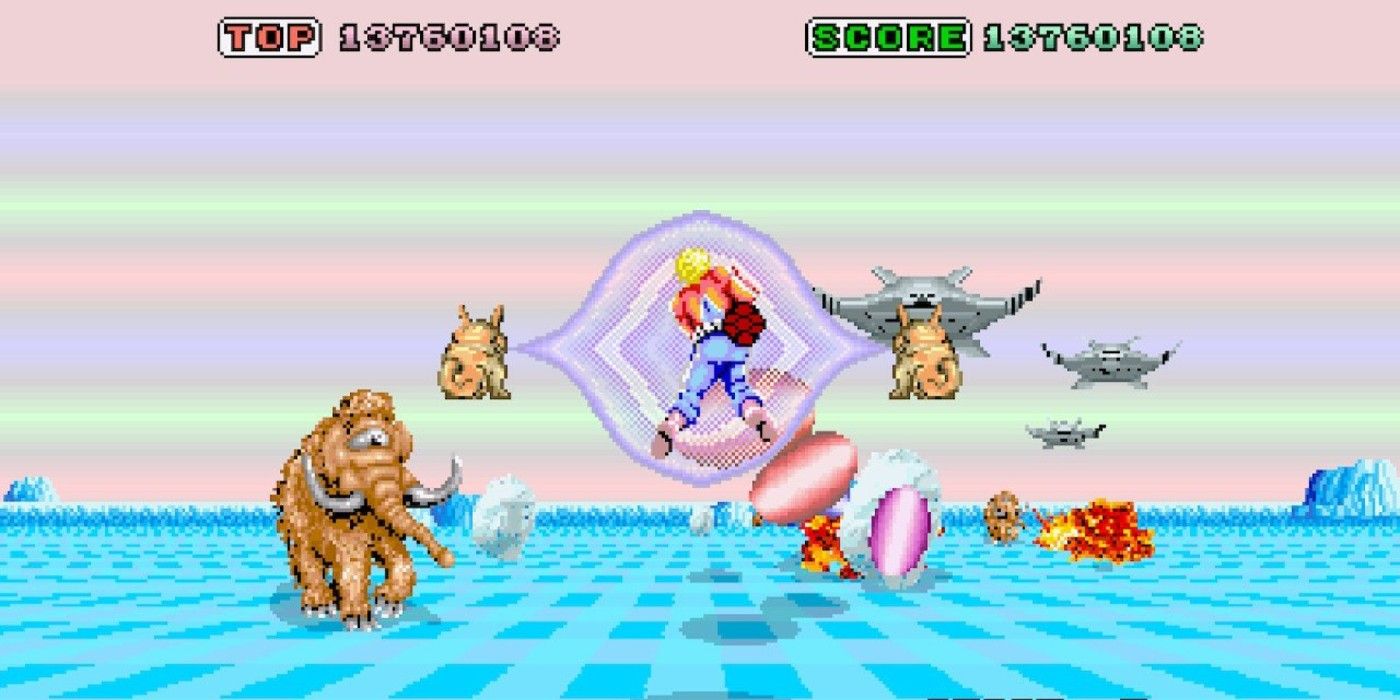As technology progresses and consumer expectations change, those in the gaming industry are always trying to keep up. Some of the earliest commercially sold electronic games were nothing more than monochromatic squares and dots accompanied by simple bleeps and bloops. However, as the decades passed, games incorporated more modern elements such as polygonal visuals, CG cinematics, and high definition displays.
The industry wouldn't be where it's at today if developers and publishers didn't have the drive to innovate. Throughout the years of gaming, there have been titles that pushed through technical limitations and laid the groundwork for how future titles would be enjoyed.
10 Star Fox 64 Allowed Its Dogfighters To Rumble In More Ways Than One
With Fox McCloud's third outing in the Arwing, the crew would finally venture forth into the third dimension with full polygonal 3D graphics in Star Fox 64. Not content to just up the graphics, Nintendo incorporated a feature that helped immerse players in the battlefield with the implementation of a peripheral known as the Rumble Pack. By plugging this device into the back of their N64 controllers, players would feel it shake as they were hit with enemy fire or performed a successful barrel roll. It wasn't long until competitor Sony implemented a vibration feature in the PlayStation's DualShock controllers.
9 Monkey Island 2: Lechuck's Revenge Featured A Dynamic Score Courtesy Of iMUSE
For the longest time, graphic adventure titles weren't exactly cherished for their audio. Music was often sparse, and voice-overs were pretty much nonexistent. The first two Monkey Island titles from LucasArts made a considerable effort to change all that. Monkey Island 2: Lechuck's Revenge not only featured a more diverse score, but one that seamlessly transitioned to the next piece when the player entered another room. The program that made it possible was iMUSE, which would later be incorporated in future graphic adventures from the company. The special editions of the game even managed to retain iMUSE with the use of live instruments.
8 Sonic The Hedgehog 3 Locked Onto Additional Content
Sonic 3 and Knuckles form two parts of what was originally meant to be one big game. However, the looming 1994 holiday deadline mandated they split it in two. Long before the days of DLC, the blue blur's third numerical outing was given additional content in the form of Sonic & Knuckles' lock on technology. By plugging a Sonic 3 cartridge on top of Sonic & Knuckles, players could play the full adventure in one go and even play as Knuckles in Sonic 3 stages. Additionally, players could also use their Sonic 2 carts to play and control the aforementioned echidna in that title.
7 Hi-Ten Bomberman Brought HD To The World Of Gaming
Years before HDTVs became widely available, Hudson made a Bomberman title tailor-made for them in the form of Hi-Ten Bomberman. Designed by Katsuhiro Nozawa, the game boasted a 16x9 aspect ratio perfect for widescreen TVs. It was shown to the public during the 1993 Super Caravan event and subsequently made playable in 1997 at the NHK Broadcasting Center. Despite this, the game was never made commercially available and was considered a lost title for many years. It's been speculated that, although the title didn't see an official release, it formed the basis for Saturn Bomberman on Sega's aforementioned console.
6 Auto Race Allowed Players To Take Their Fun On The Go
Long before the likes of the Nintendo DS, Gameboy, or even the Game & Watch, Mattel Electronics allowed players to take their games on the go with a line of digital handheld titles. 1976's Auto Race was the first of these releases, and also the very first handheld video game title. The title was developed by George J. Klose after he got the idea to re-purpose the hardware of a standard calculator for recreational uses. While the visuals consisted of simple LEDs and the audio was composed of simple bleeps and bloops, it paved the way for future handheld platforms from the likes of the Big N.
5 The Manhole Brought CDs To The Medium
Five years before the release of Myst, creators Rand and Robyn Miller of Cyan Worlds released a graphic adventure known as The Manhole. In it, players discover a giant beanstalk through the eponymous hole. The game was first released on Macintosh computers via floppy discs, but an enhanced version of the game appeared one year later in the form of a CD release.
This version became the very first computer game to utilize CD-rom technology, which paved the way for more technologically elaborate titles that incorporated redbook audio and full motion video. These innovations were instrumental to the PC game that put Cyan worlds on the map.
4 I Robot Ventured Into The World Of Polygonal Gaming
In 1984, Atari's arcade division revolutionized the industry with the very first game to feature 3D polygonal graphics. I Robot was a multi-directional shooter that took heavy inspiration from Namco's arcade classics such as Galaga and Pac-Man. While critics at the time noted the game's lack of original mechanics, the revolutionary visuals earned it high praise. Unfortunately, this praise didn't lead to commercial success, as the game flopped upon it initial release. The Western games crash of 1983 no doubt played a part in the game's floundering profits. Approximately, only 1000 units were constructed, and few remain to this day.
3 OutRunners Brought Online Gaming To The Public
Years before the advent of Xbox Live, the Dreamcast or even the first Quake, Gary Tarolli would help make the first tentative steps to online gaming with SGI Dogfight. However, the game couldn't be played on the internet due to the use of only one network segment. It wasn't until Sega's fourth installment in their arcade racing franchise Outrun that online gaming was made available for public consumption.
OutRunners allowed two separate four player cabinets to compete against each other through the use of Tokyo's Integrated Services Digital Network. In more recent years, online and social gaming has blossomed with titles such as Fall Guys, Among Us, and Overwatch.
2 Stratovox Was The First Game To Talk Back
In 1980, Sunsoft of Master Blaster and Journey to Sillus fame would bring digitized speech to the realm of gaming with the arcade shooter Stratovox. Players were tasked with shooting down hostile alien vessels while rescuing astronauts who cried for help. Each of their pleas was fully voiced in Japanese during its initial release and then translated into English with its worldwide distribution by Taito. Marketed as the first talking video game, Stratovox paved the way for countless other titles to utilize speech and provide gameplay instructions or help bolster a game's narrative.
1 Space Harrier Gave Players A Whole New Way To Control Characters
Analog controls are instrumental to navigation in 3D console games. While mouse and keyboard work fine for certain genres, the constraints of a d-pad and the inaccuracies of other methods such as a trackball prove inadequate for more modern titles, especially those that prioritize giving players the freedom of exploration. It's Sega's Space Harrier that players have to thank for this innovation, as the arcade shooter was the first title to implement analog controls in the form of a flight stick. While it's very different from the examples players find on their PlayStation or Xbox controllers, it was the first step for 3D games and one giant leap for the industry.

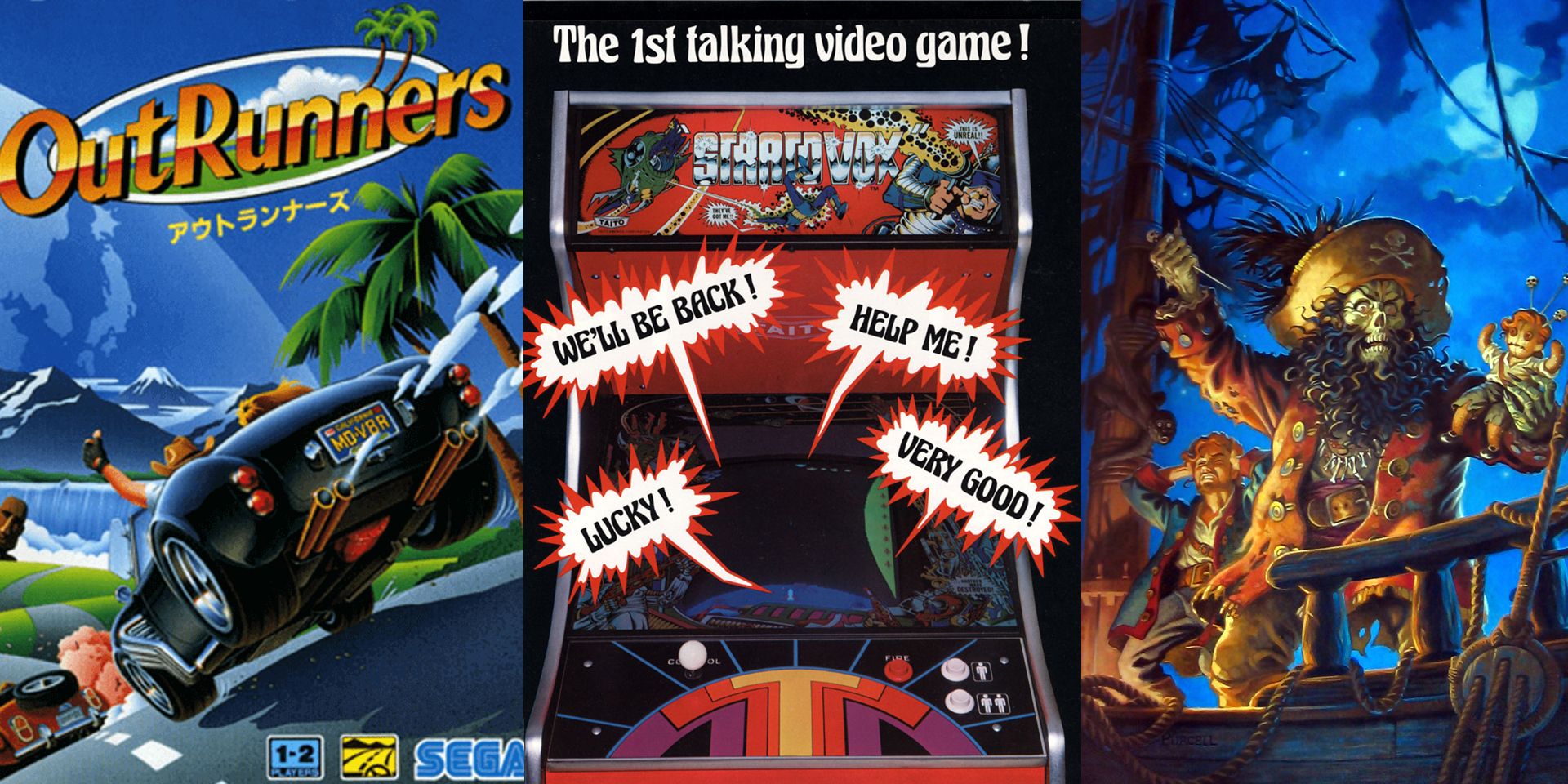
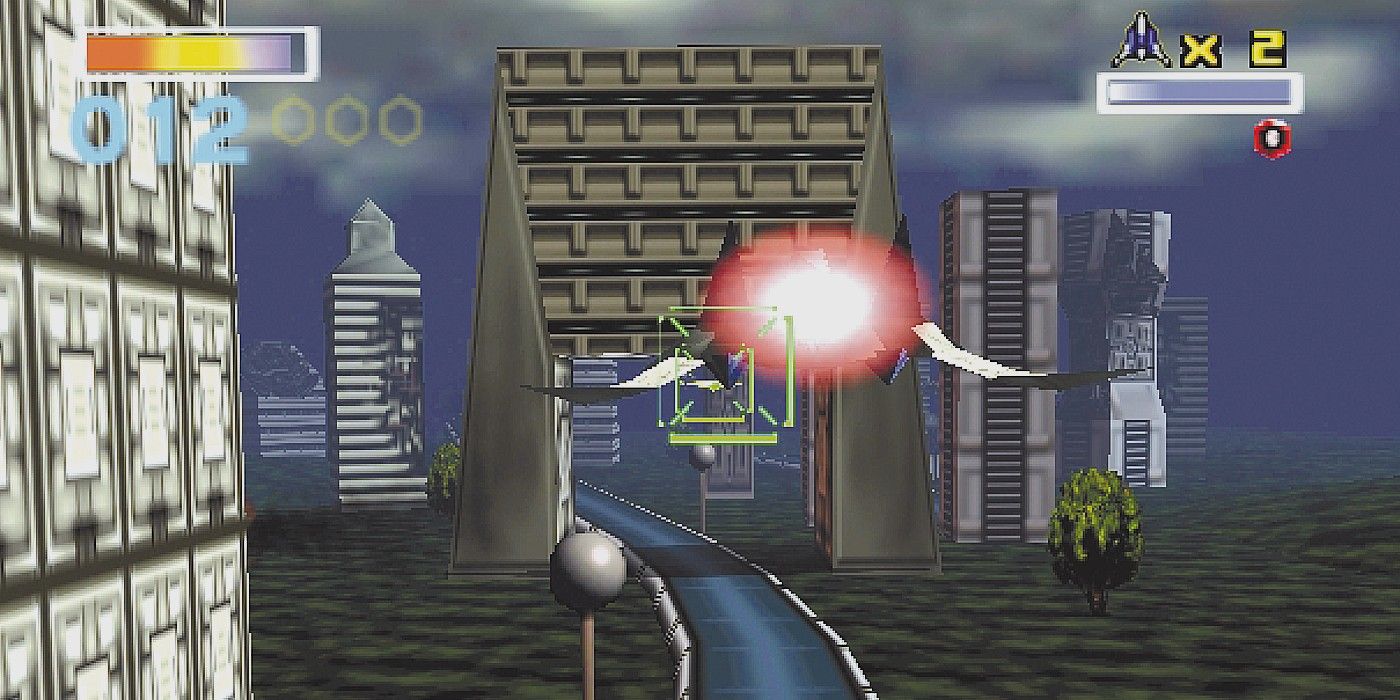

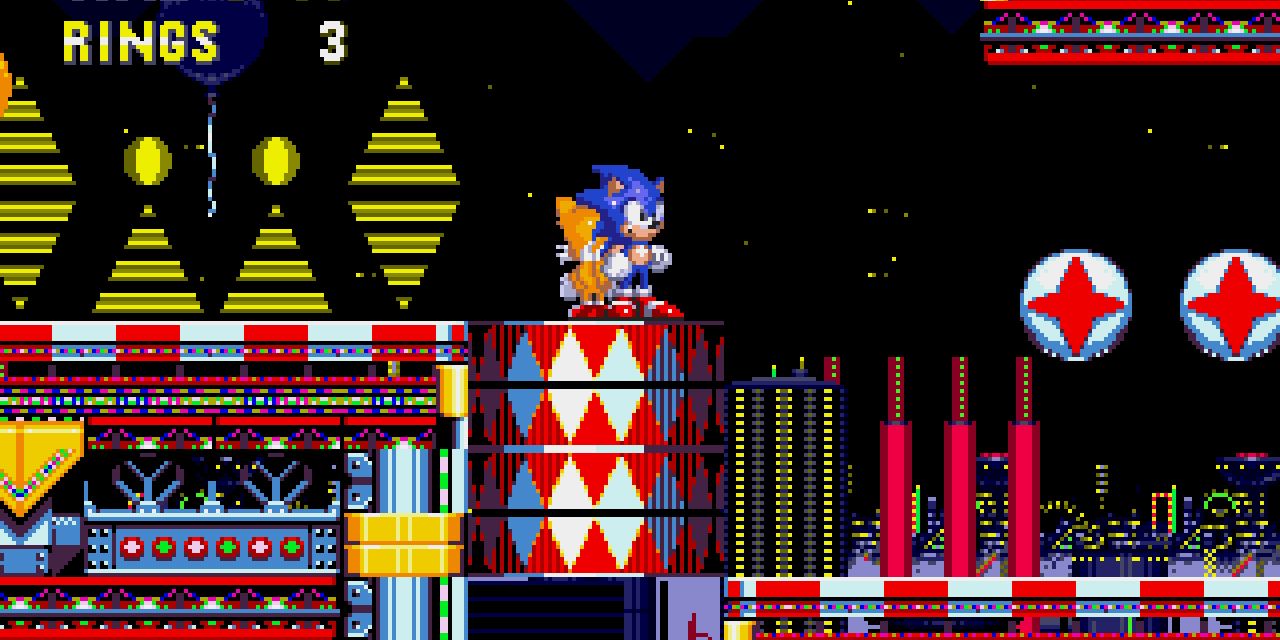
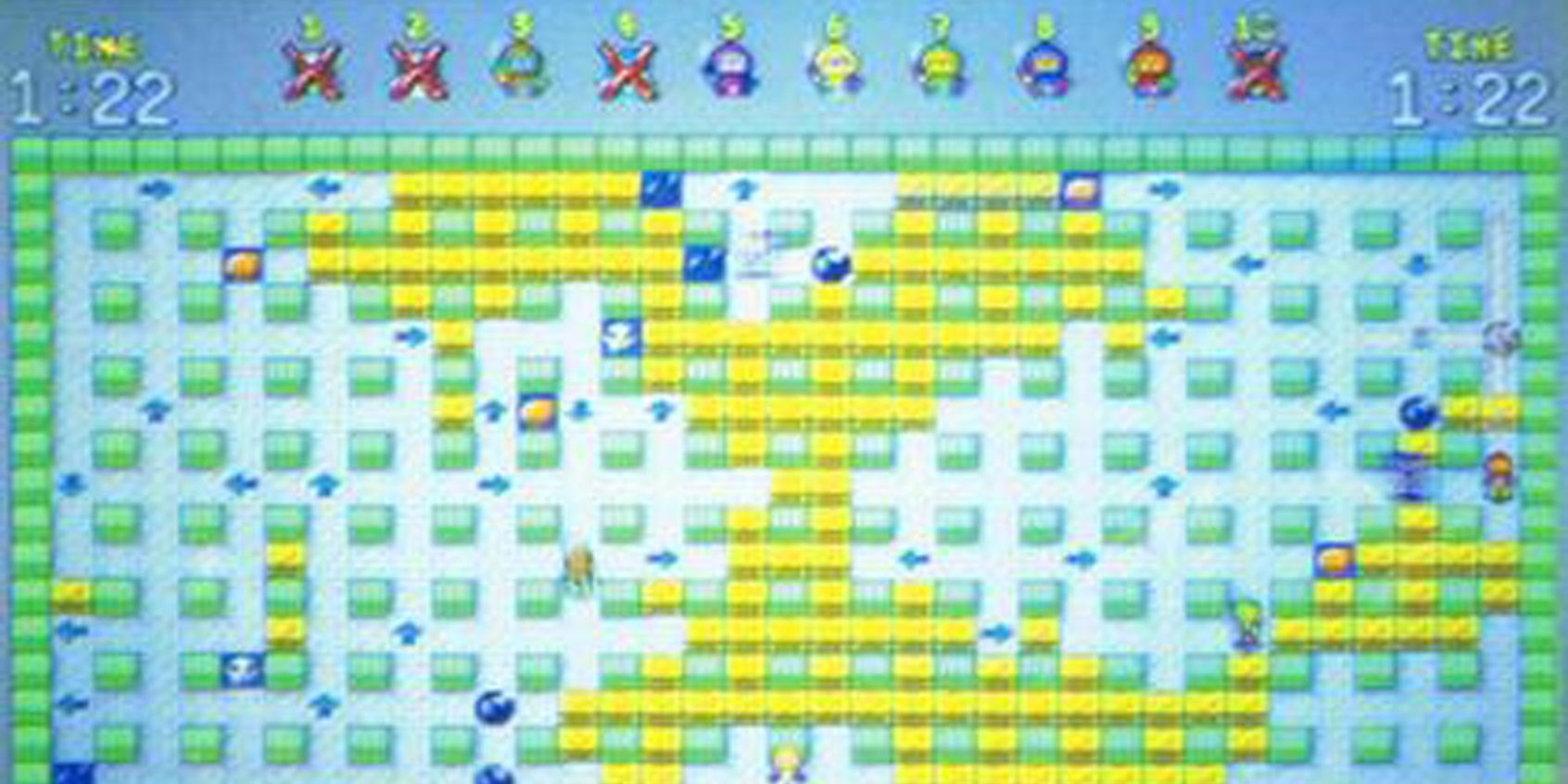
-Cropped.jpg)

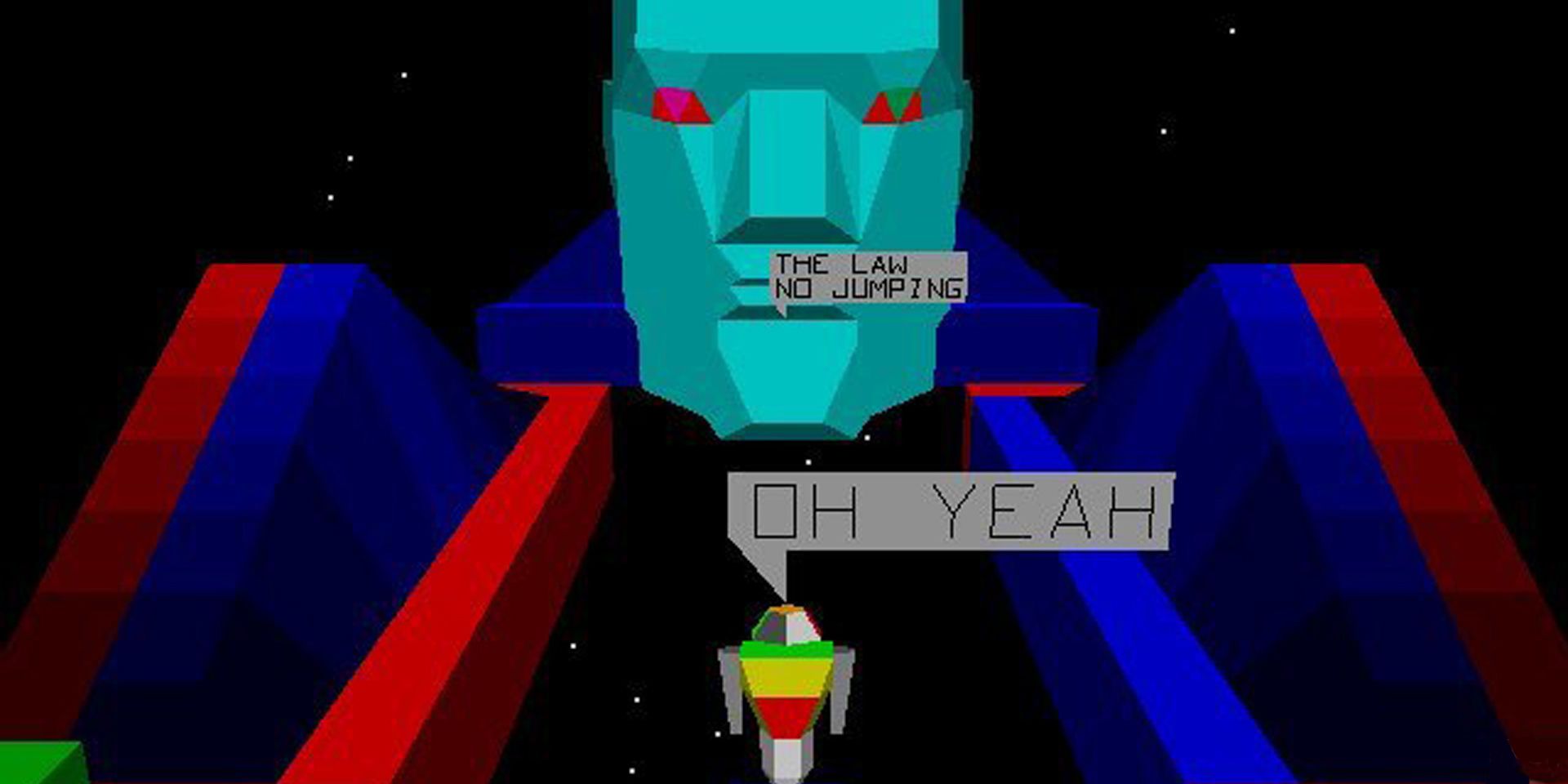
-Cropped.jpg)
